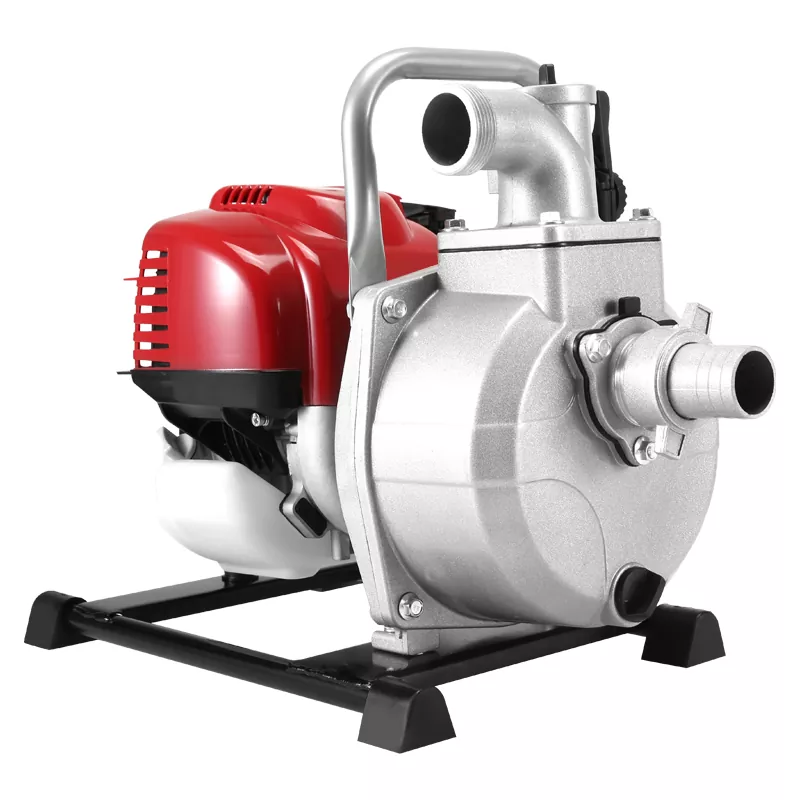What are the main functions of water pumps?
2024-08-28
Water pumps developed with the development of industry. In the 19th century, relatively complete pump types and varieties existed abroad and were widely used. According to statistics, around 1880, the output of general-purpose centrifugal pumps accounted for more than 90% of the entire pump output, while special-purpose pumps such as power plant pumps, chemical pumps, and mining pumps accounted for only 10% of the entire pump output. about.
By 1960, general-purpose pumps accounted for only about 45%, while special-purpose pumps accounted for about 55%. According to the current development trend, the proportion of special-purpose pumps will be higher than that of general-purpose pumps.
Machines used to suck liquids, transport liquids, and increase pressure in liquids are generally referred to as pumps. From an energy point of view, a pump is a machine that converts energy. It converts the mechanical energy of the prime mover into the energy of the liquid being transported, thereby increasing the flow rate and pressure of the liquid.
The function of a water pump is generally to pump liquid up from lower areas and transport it along pipelines to higher areas. For example, what we see every day is using pumps to pump water from rivers and ponds to irrigate farmland; or pumping water from deep underground wells and sending it to water towers. Since the pressure of the liquid can increase after passing through the pump, the role of the pump can also be used to suck the liquid out of a container with a lower pressure and overcome the resistance along the way to transport it to a container with a higher pressure or other places where it is needed, such as , the boiler feed water pump draws water from the low-pressure water tank and supplies water to the boiler drum with higher pressure.
The performance range of the pump is very wide. The flow rate of a giant pump can be as high as hundreds of thousands of m3/h; while the flow rate of a micro pump is less than tens of ml/h. The pressure can range from normal pressure to over 1000mpa. The temperature of the liquid it transports can reach as low as -200℃ and as high as above 800℃. There are many types of liquids transported by pumps.It can transport water (clean water, sewage, etc.), oil, acid and alkali liquid, emulsion, suspension and liquid metal, etc.

























